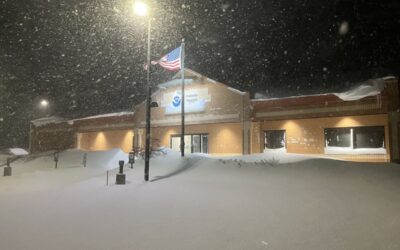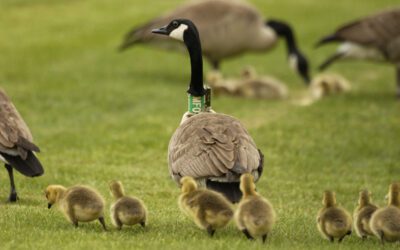
Goat resident, Winona, stands on top of an elevated platform in front of Barn Sanctuary in Chelsea, MI on June 19, 2025. Credit: Donté Smith/Great Lakes Now
By Donté Smith, Capital News Service
LANSING — The Great Lakes, a vital freshwater expanse for millions, face an ongoing environmental crisis.
Beneath the vast waters lies a significant threat: pollution stemming largely from agricultural runoff. This flow of excess nutrients like phosphorus and nitrogen contributes to harmful algal blooms and expanding “dead zones,” jeopardizing ecosystems, water quality and public health.
Amidst these challenges, Barn Sanctuary in Chelsea works to make a positive impact on the region. Tom McKernan, its s co-founder and operations director, wants the farm to stand as a living model where animal welfare and ecological stewardship aren’t just compatible, but linked.
“My day is more at the desk than it used to be,” McKernan noted. He said the work behind the scenes is crucial to achieving the sanctuary’s mission: rescuing farmed animals and inspiring people to “embrace a plant-based lifestyle.”
McKernan described the farm’s daily rhythm to help understand its impact:
“It rained pretty good yesterday,” McKernan said as he stood from his desk and headed toward the pastures where most of the cows are kept. He said the rain can make the cows shy, potentially making it harder for visitors to see them up close.

Cow resident, Hopper, greets Tom McKernan, sanctuary co-founder, while grazing the pastures at Barn Sanctuary in Chelsea, MI on June 19 , 2025. Credit: Donté Smith/Great Lakes Now
Barn Sanctuary’s small scale contrasts with that of concentrated animal feeding operations (CAFOs), allowing the animals more access to pastures and opening the door for opportunities to use less intensive farming methods.
Michigan is home to almost 300 permitted CAFOs. While they represent less than 1% of Michigan’s total farms, their impact on the Great Lakes is disproportionate.
Animals in these CAFOs generate 17 million more pounds of fecal waste per day than the state’s entire human population of 10 million, according by the Environmental Law and Policy Center in Illinois.
Researchers who study the Great Lakes play a vital role in diagnosing its ailments and coming up with solutions.
Among them is Bruno Basso, a professor at Michigan State University’s Center for Regenerative Agriculture. His research helps understand the relationship between agriculture and water quality in the region.
“Ultimately, our goal is to support decision-making that aligns agricultural productivity with water quality goals, offering scalable solutions that benefit both producers and ecosystems in the Great Lakes basin and beyond,” Basso said.
“Our research results show that integrating livestock systems with regenerative practices can restore soil function, even under high nutrient loading,” he said. “Resilient soils act as a foundation for sustainable agriculture. They retain water during droughts, filter excess nutrients before they reach waterways and store carbon that would otherwise contribute to greenhouse gas emissions,” he said.
Basso said those benefits are essential for environmental and public health, “particularly in vulnerable regions like the Great Lakes watershed.”
McKernan said, “Even though a lot of our visitors are vegan or vegetarian, we still try to educate the public about the treatment of animals raised in CAFOs and the effect it can have on our environment.”
McKernan then headed over to the farm’s pig pen and was greeted by Casey Fry, an animal caregiver at the sanctuary. Fry prepared sandwiches with special nutrients the pigs need.
“We start the morning by feeding everyone and medicating everyone,” Fry said.
She described each animal as its “own unique person” and added that although the job can be physically demanding, it’s worth it because the sanctuary isn’t making a product but “helping the residents.”
“Our pigs have so much space to explore, which is ideal,” she said. “They are so smart and are good about pooping in a central area, away from where they sleep, which helps a lot with cleaning up.”
McKernan added, “The density of our animals is very low compared to CAFOs, and we collect our manure and our bedding every day.”

One of Barn Sanctuary’s pig residents walks up to the gate to receive it’s daily vitamins and supplements at their farm in Chelsea, MI on June 19, 2025. Credit: Donté Smith/Great Lakes Now
Barn Sanctuary manages most of its manure by spreading it over a dedicated, leveled field for composting. According to McKernan, that enables them to carefully monitor the manure and partner with researchers to develop new methods for reducing the manure’s composting time.
“It’s a challenge but it’s also an opportunity. Getting into composting and using nature’s own cleansing process to take care of this manure and return it to the soil — we’re not making a lagoon, we’re not spreading it untreated everywhere,” McKernan said.
Basso emphasizes the importance of developing innovative methods to manage manure, which is crucial for maintaining a healthy Great Lakes ecosystem.
“Improved manure management offers powerful opportunities to close nutrient cycles, reduce greenhouse gas emissions and address nutrient surpluses,” Basso said. “These integrated systems represent the future of sustainable agriculture.”
Over the years at Barn Sanctuary, Fry and facilities manager Jack Shankland have seen the farm’s practices evolve, not only improving accommodations for the animals but also enhancing its ecological impact.
“The animals’ space has expanded over the years,” Shankland said. “We haven’t seen overgrazing be too much of a problem, but we still do rotational grazing and it has a lot of benefits.”
Fry said that even though setting up rotational grazing can be extra work, it’s essential for certain animals, such as their sheep and some of their cows.
Researchers like Basso have studied the effects of regenerative agricultural methods, like rotational grazing, on soil resilience and nutrient retention.
“The adoption of regenerative practices plays a vital role in improving soil health. Reducing erosion and enhancing nutrient retention, thereby minimizing runoff into freshwater systems,” Basso said.
“Our research contributes by quantifying the environmental benefits of these practices and providing actionable insights to scale up solutions that are both economically viable and ecologically sustainable across the Great Lakes basin,” he said.
McKernan joined Fry and Shankland in the employee trailer to explain Barn Sanctuary’s rotational grazing process.
As McKernan and some of his team headed to their goat enclosure, he emphasized the positive effects of a plant-based lifestyle.
“Whether it is because of your heartfelt feelings toward animals and how they’re taken care of in factory farms, or whether you really care about the environment. If you ask what you can do, the answer is the same. Be more plant-based,” McKernan said.
“That’s something we as individuals can do. One person isn’t going to make a big difference, but if 100 million or 200 million people made a small change, it would make a huge difference,” he said.
Donté Smith is a reporting intern at Great Lakes Now through the Great Lakes News Collaborative in a partnership between the Mott Foundation and Michigan State University’s Knight Center for Environmental Journalism. This story was produced for Great Lakes Now.
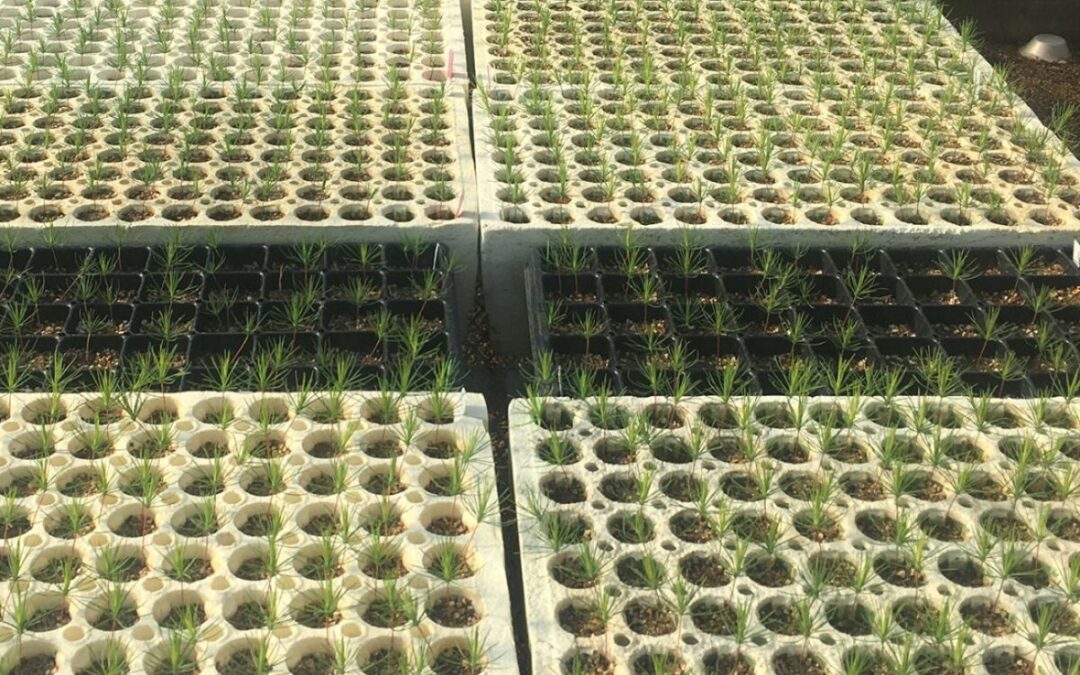
Can Michigan’s forests survive climate change? One researcher is finding out
By Emilio Perez Ibarguen, Capital News Service LANSING – As Michigan’s climate warms, tree species like red pine and eastern white pine may no...
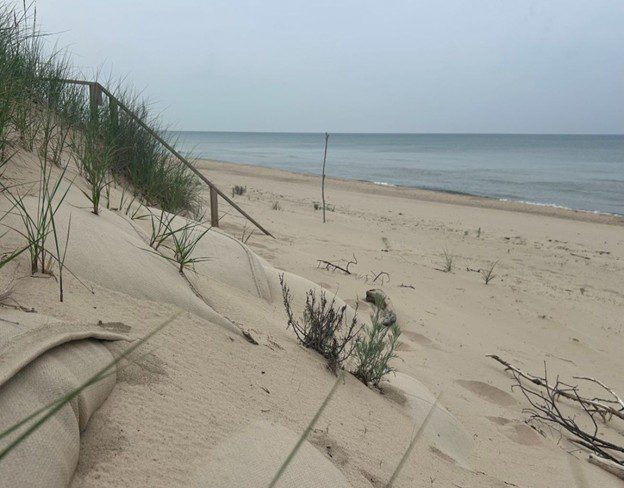
Years after high water crisis, lax policies leave Michigan coast vulnerable
By Emilio Perez Ibarguen, Capital News Service LANSING – Kathy and Tom Brickley knew erosion would be an immutable part of owning a property on Lake...
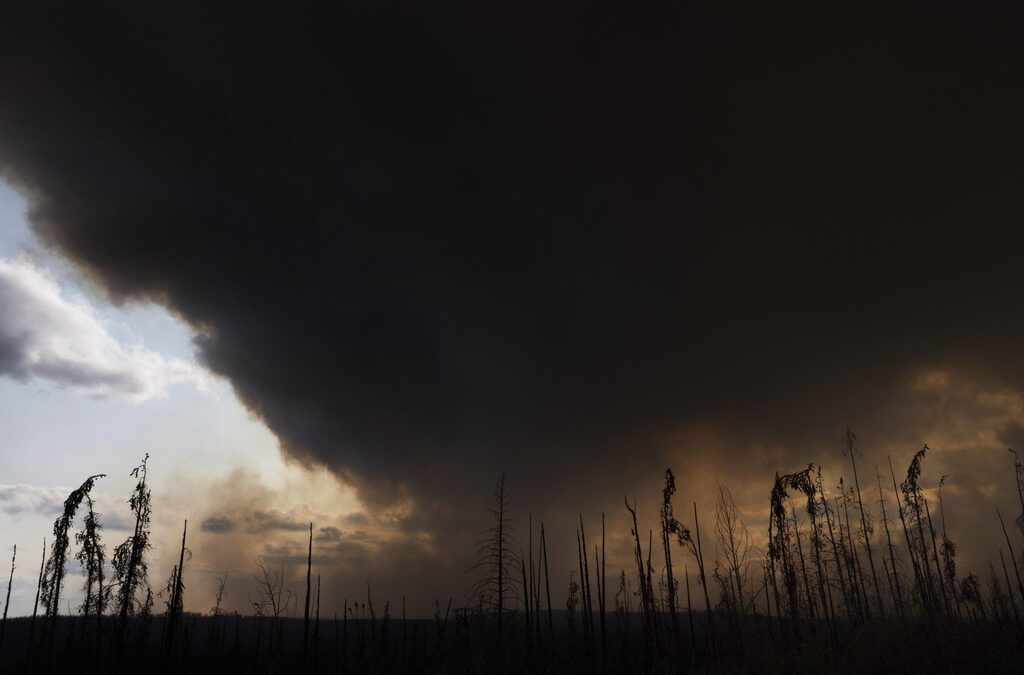
Air quality worsens in eastern US as Canadian wildfire smoke hangs over Midwest
PORTLAND, Maine (AP)—Smoke from Canadian wildfires worsened air quality in the eastern U.S. on Wednesday as several Midwestern states battled...
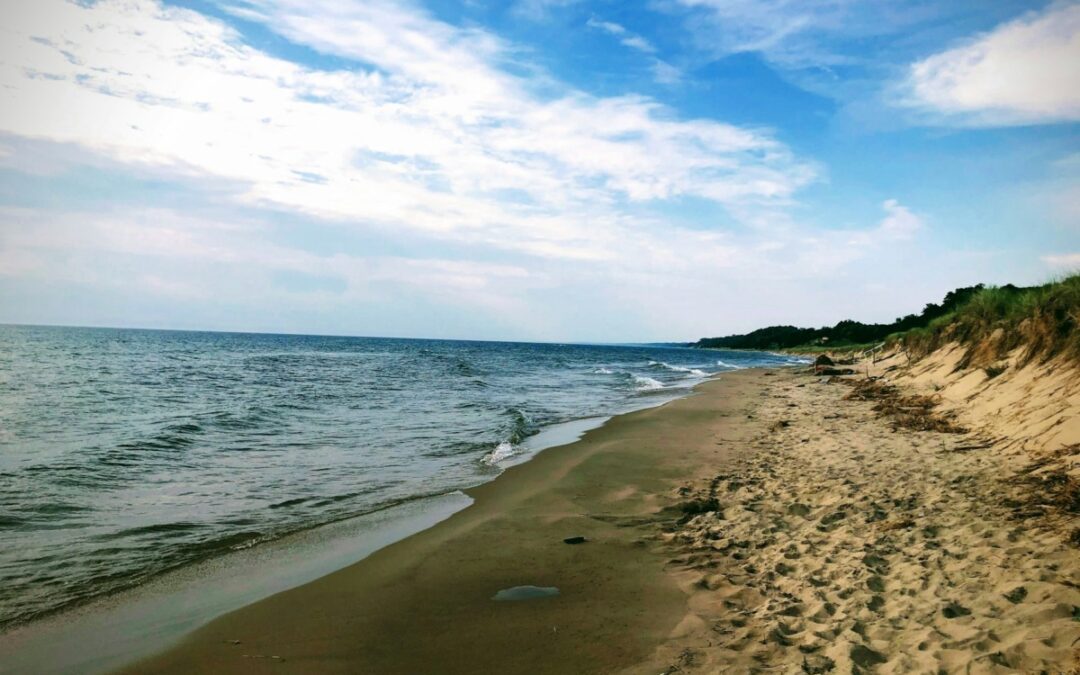
Landmark study finds Great Lakes have entered a new era with climate change, extreme events
The Great Lakes has officially entered a new climate era, and the past is no longer a reliable guide for the future. That's the landmark finding in...

Severe thunderstorms down trees, knock out power to thousands across parts of Great Lakes region
Storms accompanied by deep, booming thunder, lightning displays and powerful winds swept through parts of Wisconsin, Illinois, northern Indiana and...




